Heb je hulp of advies nodig?+44 (0)1782 454499
VIDEO'S IN DEZE SERIE
Deze video is deel 1 van een serie in 3 delen:PRODUCTEN GEBRUIKT IN DIT PROJECT
Hoewel dit niet per se een uitputtende lijst is, werden de volgende gereedschappen en materialen, geleverd door Easy Composites, in dit project gebruikt.
De hoeveelheid die hieronder wordt weergegeven, is de geschatte hoeveelheid die in het project wordt gebruikt, afgerond naar de dichtstbijzijnde beschikbare kitgrootte of hoeveelheid.
MATERIALEN VOOR HET MAKEN VAN MODELLEN
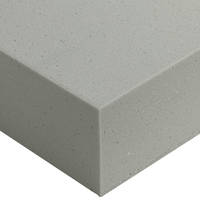
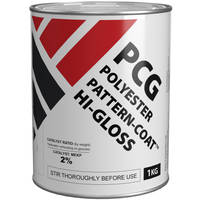
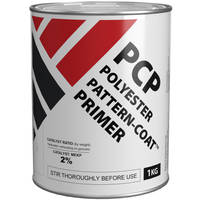
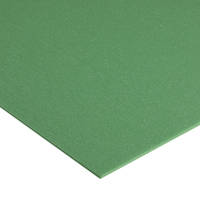
POLIJSTEN
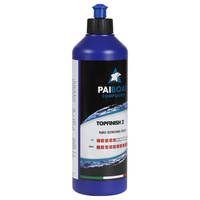
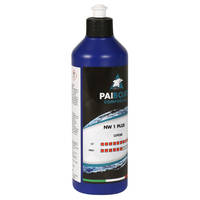
GEREEDSCHAP & UITRUSTING
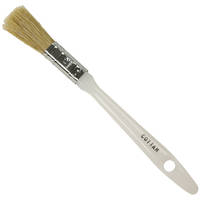
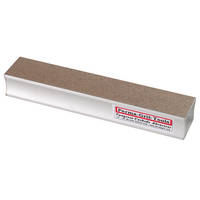
MATERIALEN & VERBRUIKSARTIKELEN
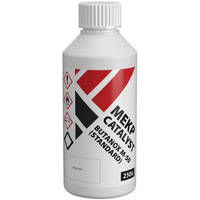
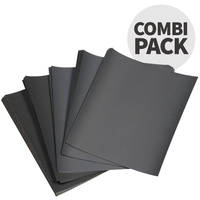
VIDEO HANDLEIDING
Een Nauwkeurig Samengesteld Patroon met de Hand Maken
Als je een origineel ontwerpidee hebt voor een nieuw onderdeel van glasvezel of koolstofvezel, moet je eerst een patroon maken voordat je het onderdeel zelf kunt maken of zelfs de mallen kunt maken.
In deze uitgebreide videotutorial demonstreren we een stap-voor-stap proces voor het maken van samengestelde patronen waarmee je op een betrouwbare manier volledig met de hand dimensionaal nauwkeurige en professioneel afgewerkte patronen kunt maken.
UITSPLITSING TUTORIAL
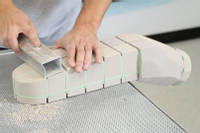
1. Maak de basisvorm
Aan het begin van de tutorial leggen we uit wat een patroon is en waarom het nodig is bij het maken van composiet mallen. Daarna laten we zien hoe 3D CAD ontwerpen geprint kunnen worden als profielsjablonen die gebruikt kunnen worden om een dimensionaal nauwkeurig skelet van uw patroon te maken met Closed Cell PVC Foam.
Zodra het profielskelet is gemaakt, gebruiken we Polyurethaanschuim met een lage dichtheid om de basisvorm van het patroon uit te blokken. Het schuim wordt vervolgens gevormd met behulp van basis handgereedschap zoals ijzerzagen, een Perma-Grit Schuurblok en Schuurpapier.
Het oppervlak van het patroon wordt vervolgens gladgemaakt en opgevuld met een Patternmakers' Bodyfiller (verschijnt binnenkort) voordat eventuele hoge vlekken worden afgevlakt met grof schuurpapier.
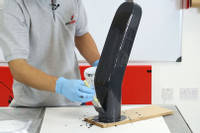
2. Oppervlakte van het patroon
Vervolgens wordt het patroon bedekt met Pattern-Coat Primer die men laat uitharden voordat men de uitgeharde Primer vlak maakt met een 120 korrel schuurpapier en een nieuwe laag Pattern-Coat Primer (gemengd met een geleidingspigment) aanbrengt. Dit proces wordt herhaald totdat het patroon perfect vlak is zonder hoge of lage vlekken. Als er toch lage plekken zijn, kunnen deze worden opgevuld met een kleine hoeveelheid bodyfiller tussen het aanbrengen van de Pattern-Coat Primer.
In dit stadium kan het patroon worden gevlakt met fijner schuurpapier en vervolgens met polijstpasta tot een gladde, satijnen afwerking of, voor een hoogglanzende afwerking, kan het oppervlak worden gecoat met Pattern-Coat Hi-Gloss, wat we in deze tutorial doen.
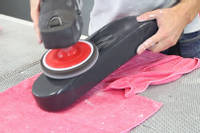
3. Het patroon polijsten
De Hi-Gloss wordt dan droog gevlakt met 400grit schuurpapier en vervolgens nat gevlakt met progressief 800grit, 1200grit en 1500grit schuurpapier. Als het patroon perfect gevlakt is tot 1500grit gebruiken we een NW1 White Super Cutting Compound voor het polijsten met de hand en daarna TOPFINISH 2 voor een ultrahoogglans met de hand of machine.
Het patroon is nu compleet en klaar om gecoat te worden met een lossingsmiddel voordat het maken van de mal begint.
DISCUSSIE (14)
Laat het ons weten als je vragen of opmerkingen hebt over deze videotutorial.
LAAT EEN OPMERKING OF VRAAG ACHTER
PRODUCTEN GEBRUIKT IN DIT PROJECT
Hoewel dit niet per se een uitputtende lijst is, werden de volgende gereedschappen en materialen, geleverd door Easy Composites, in dit project gebruikt.
De hoeveelheid die hieronder wordt weergegeven, is de geschatte hoeveelheid die in het project wordt gebruikt, afgerond naar de dichtstbijzijnde beschikbare kitgrootte of hoeveelheid.
MATERIALEN VOOR HET MAKEN VAN MODELLEN




POLIJSTEN


GEREEDSCHAP & UITRUSTING


MATERIALEN & VERBRUIKSARTIKELEN


DISCUSSIE (14)
Laat het ons weten als je vragen of opmerkingen hebt over deze videotutorial.
LAAT EEN OPMERKING OF VRAAG ACHTER
100% BEVEILIGD
BETALINGSMETHODEN
Easy Composites EU B.V., geregistreerd in Nederland 73601195. Alle inhoud auteursrechtelijk beschermd (C) Easy Composites Ltd, 2025. Alle rechten voorbehouden.